Real-Time Estimation for Roll Angle of Spinning Projectile Based on Phase-Locked Loop on Signals from Single-Axis Magnetometer
Abstract
:1. Introduction
2. Measurement System Modeling
2.1. Description of Geomagnetic Vector in a North-East-Down Coordinate System
2.2. Coordinate Transforamtions
2.3. Mathematical Model
3. Method to Obtain the Rolling Information
3.1. Design of Tracking Loop
3.2. Analysis of Performance and Parameters Optimized
3.3. Model Verification Based on 6 DoF Trajectory
4. Error Analysis
4.1. Error Analysis of Tracking Loop
4.2. Error From Compensation Angle
4.3. Error Caused by Geomagnetic Blind Area
5. Experiments Validation on a Rotary Table
5.1. Description of Experiment
5.2. Design of Hardware
5.3. Operation of Experiments
- Clear the data in storage unit and initialize the magnetic and attitude information in controller. Start the storage unit.
- Install the fake projectile in the rotary table and make sure that the magnetic sensor and hall sensor are pointing in the same direction. Turn on the integrated circuit and tracking loop.
- Set a proper speed through inverter in advance. Turn on the motor and, simultaneously, record the time of rotary table starting to work as beginning time of experiment.
- After motor working for a period of time, stop the motor and the acquisition of magnetic signals, as well as record the stop time. Read the data in PC from storage module through serial port.
- Repeat the steps above and conduct another several groups of experiments.
- Analyze the data and results.
5.4. Results and Analysis
6. Conclusions
Author Contributions
Acknowledgments
Conflicts of Interest
References
- Carlucci, D.; Pellen, R.; Pritchard, J.; Demassi, W. Smart Projectiles: Design Guidelines and Development Process Keys to Success. Defense Technical Information Center: Fort Belvoir, VA, USA, 2010. [Google Scholar] [Green Version]
- Mahajan, C.; Motghare, V. Smart Munitions. Defence Sci J. 2010, 3, 159–163. [Google Scholar] [CrossRef]
- Yuan, W.; Zhang, J.Q.; Yang, F. Study on Stable Scanning of Terminal Sensitivity Projectile and Hardware-in-the-Loop Simulation System. Pure Appl. Math. J. 2015, 4, 24–27. [Google Scholar] [CrossRef]
- Daso, D.A. Weapons of Choice: The Development of Precision Guided Munitions (Review). Technol. Culture 2007, 49, 252–254. [Google Scholar] [CrossRef]
- Wang, Z.F.; Wang, H. Target Location of Loitering Munitions Based on Image Matching. In Proceedings of the 2011 6th IEEE Conference on Industrial Electronics and Applications, Beijing, China, 21–23 June 2011; pp. 606–609. [Google Scholar] [CrossRef]
- Liu, H.W.; Jiang, C.L.; Li, M.; Cheng, X.Y. Weighted Self-Localization Algorithm of Networked Munitions. In Proceedings of the 2013 International Conference on Information System and Engineering Management, Washington, DC, USA, 7–9 November 2013. [Google Scholar]
- Sonalkar, R.; James, H. Communication Range Extension for the Intelligent Munitions System. In Proceedings of the 2008 IEEE Military Communications Conference, San Diego, CA, USA, 16–19 November 2008. [Google Scholar]
- Gagnon, E.; Marc, L. Course Correction Fuze Concept Analysis for In-Service 155 mm Spin-Stabilized Gunnery Projectiles. In Proceedings of the 2008 AIAA Guidance, Navigation and Control Conference and Exhibit, Honolulu, HI, USA, 18–21 August 2008. [Google Scholar]
- Perrin, M. Course Correction Fuzes Integration Technologies. In Proceedings of the 55th Annual Fuze Conference, Salt Lake City, UT, USA, 24–26 May 2011. [Google Scholar]
- Pettersson, T.; Buretta, R.; Cook, D. Aerodynamics and Flight Stability for a Course Corrected Artillery Round. In Proceedings of the 23rd International Symposium on BALLISTICS, Tarragona, Spain, 16–20 April 2007. [Google Scholar]
- Park, H.Y.; Kim, K.J.; Lee, J.G.; Park, C.G. Roll Angle Estimation for Smart Munition. IFAC Proc. Vol. 2007, 40, 49–54. [Google Scholar] [CrossRef]
- Harkins, T.E.; Wilson, M.J. Measuring In-Flight Angular Motion with a Low-Cost Magnetometer. Available online: https://apps.dtic.mil/dtic/tr/fulltext/u2/a472265.pdf (accessed on 19 December 2018).
- Shen, Q.; Li, M.; Gong, R. GPS Positioning Algorithm for a Spinning Vehicle with Discontinuous Signals Received by a Single-Patch Antenna. GPS Solutions 2017, 21, 1491–1502. [Google Scholar] [CrossRef]
- Deng, Z.L.; Shen, Q.; Deng, Z.W. Roll Angle Measurement for a Spinning Vehicle Based on GPS Signals Received by a Single-Patch Antenna. Sensors 2018, 18, 3479. [Google Scholar] [CrossRef] [PubMed]
- Changey, S.; Pecheur, E.; Bernard, L.; Sommer, E.; Wey, P.; Berner, C. Real Time Estimation of Projectile Roll Angle Using Magnetometers: In-Flight Experimental Validation. In Proceedings of the 2012 IEEE/ION Position, Location and Navigation Symposium, Myrtle Beach, SC, USA, 23–26 April 2012; pp. 371–376. [Google Scholar] [CrossRef]
- Changey, S.; Pecheur, E.; Brunner, T. Attitude Estimation of a Projectile Using Magnetometers and Accelerometers: Experimental Validation. In Proceedings of the IEEE/ION PLANS 2014, Monterey, CA, USA, 5–8 May 2014; pp. 1168–1173. [Google Scholar]
- Harkins, T.E.; Davis, B.S.; Hepner, D.J. Novel Onboard Sensor Systems for Making Angular Measurements on Spinning Projectiles, Aerospace/Defense Sensing, Simulation, and Controls. In Acquisition, Tracking, and Pointing XV; International Society for Optics and Photonics: Bellingham WA, USA, 2001; pp. 176–187. [Google Scholar] [CrossRef]
- Wilson, M.J. Attitude Determination with Magnetometers for Gun-Launched Munitions; Defense Technical Information Center: Fort Belvoir, VA, USA, 2004. [CrossRef]
- Changey, S.; Pecheur, E.; Wey, P.; Sommer, E. Real-Time Estimation of Projectile Roll Angle Using Magnetometers: In-Lab Experimental Validation. Prog. Flight Dyn. Guidance Navig Control Fault Detect Avionics 2013, 6, 35–44. [Google Scholar] [CrossRef]
- Cao, P.; Yu, J.Y.; Wang, X.M.; Yao, W.J.; Wu, Y.L. High-frequency Measurement and Calculation Study of Systematic Errors of High-rolling Projectile Roll Angle Based on a Combination of MR/GNSS. Acta Armamentarii 2014, 35, 795–800. [Google Scholar]
- Cao, P.; Wang, X.M.; Yu, J.Y.; Wu, Y.L. The Combined Measurement of Roll Angle of Projectile by Geomagnetic and Satellite and Error Analysis. 2013. Available online: http://en.cnki.com.cn/Article_en/CJFDTotal-DJZD201306043.htm (accessed on 15 February 2019).
- Shang, J.Y.; Deng, Z.H.; Fu, M.Y.; Wang, S.T. A High-Spin Rate Measurement Method for Projectiles Using a Magnetoresistive Sensor Based on Time-Frequency Domain Analysis. Sensors 2016, 16, 894. [Google Scholar] [CrossRef] [PubMed]
- Wang, Z.; Gao, F.Q.; Gao, M.; Lu, Z.C. Roll Angular Velocity Real-Time Tracking Algorithm Based on Geomagnetic Information with Frequency-Locked Loop. In Proceedings of the 2nd International Conference on Civil, Materials and Environmental Sciences, London, UK, 13–14 March 2015. [Google Scholar] [CrossRef]
- Zhang, H.B.; Yang, Y.; Sun, K. Calculation and Blind Area Analysis on Rolling Angle of Projectile Based on Geomagnetic Method. 2015. Available online: http://cpfd.cnki.com.cn/Article/CPFDTOTAL-DIDD201505003006.htm (accessed on 19 December 2018). (In Chinese).
- International Geomagnetic Reference Field (IGRF-12). Available online: http://www.ngdc.noaa.gov/IAGA/vmod/ (accessed on 19 December 2018).
- Cai, G.W.; Chen, B.M.; Lee, T.H. Coordinate Systems and Transformations. In Unmanned Rotorcraft Systems; Springer: London, UK, 2011; pp. 23–34. ISBN 978-0-85729-634-4. [Google Scholar] [CrossRef]
- NOAA. The World Magnetic Model. Available online: https://www.ngdc.noaa.gov/geomag/WMM/DoDWMM.shtml (accessed on 19 December 2018).
- Gardner, F.M. Introduction. In Phaselock Techniques; John Wiley & Sons, Inc.: Hoboken, NJ, USA, 2005; ISBN 978-0-471-73269-3. [Google Scholar]
- Kaplan, E.D.; Christopher, J.H. Satellite Signal Acquisition, Tracking, and Data Demodulation. In Understanding GPS: Principles and Applications, 2nd ed.; Artech House: Norwood, MA, USA, 2005; ISBN 978-1-58053-894-7. [Google Scholar]
- Franklin, G.F.; Powell, J.D.; Emami-Naeini, A. The Final Value Theorem. In Feedback Control of Dynamic Systems, 6th ed.; Pearson: Upper Saddle River, NJ, USA, 2010; ISBN 978-0-13-601969-5. [Google Scholar]
- Rao, P.P.; Sutter, B.M.; Hong, P.E. Six-Degree-of-Freedom Trajectory Targeting and Optimization for Titan Launch Vehicles. J. Spacecraft Rockets 1997, 34, 341–346. [Google Scholar] [CrossRef]
- Bai Du. Map of Beijing. Available online: https://map.baidu.com/ (accessed on 23 December 2018).
- GPSSPG. Longitude and Latitude Based on Location. Available online: http://www.gpsspg.com/ (accessed on 23 December 2018).


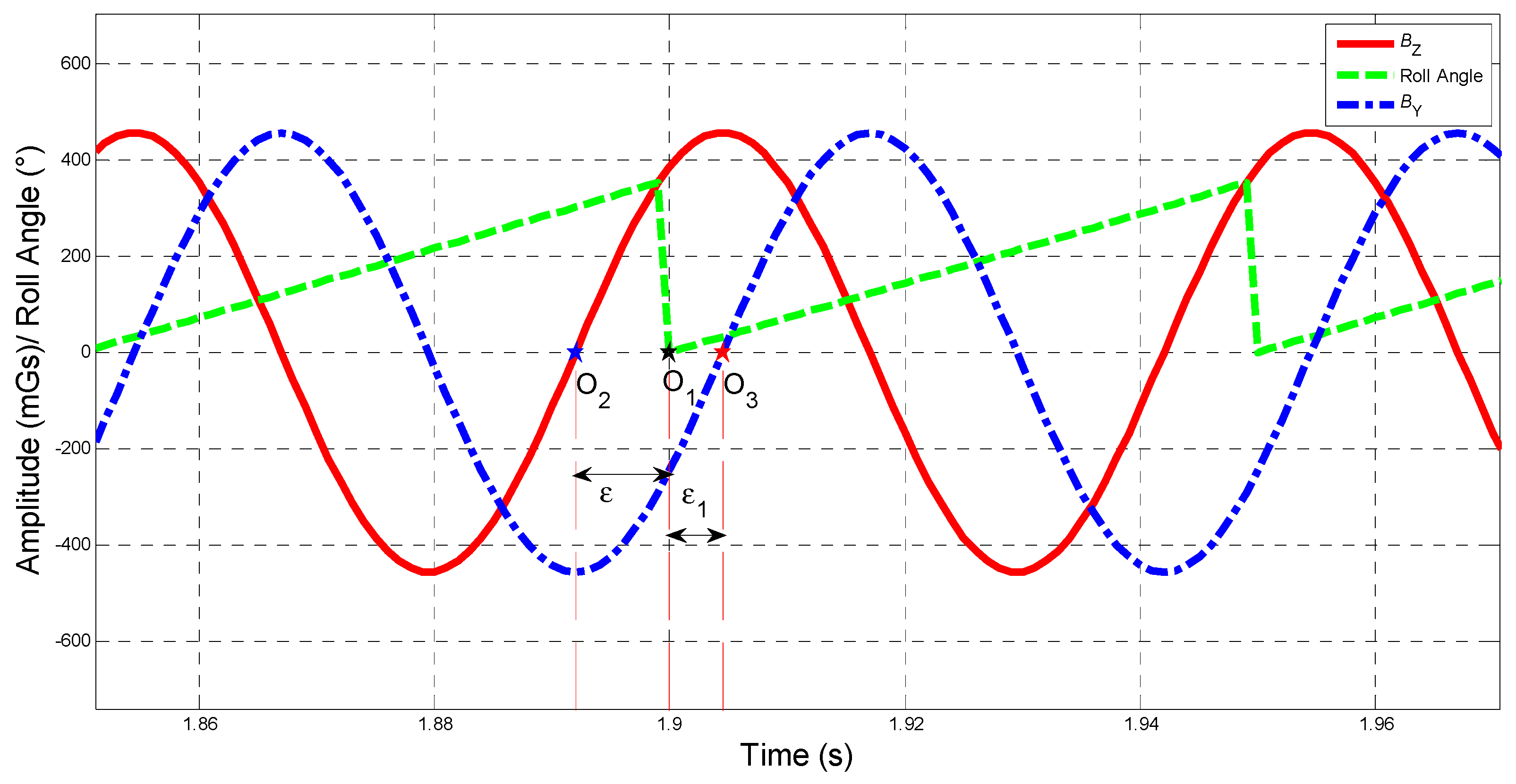


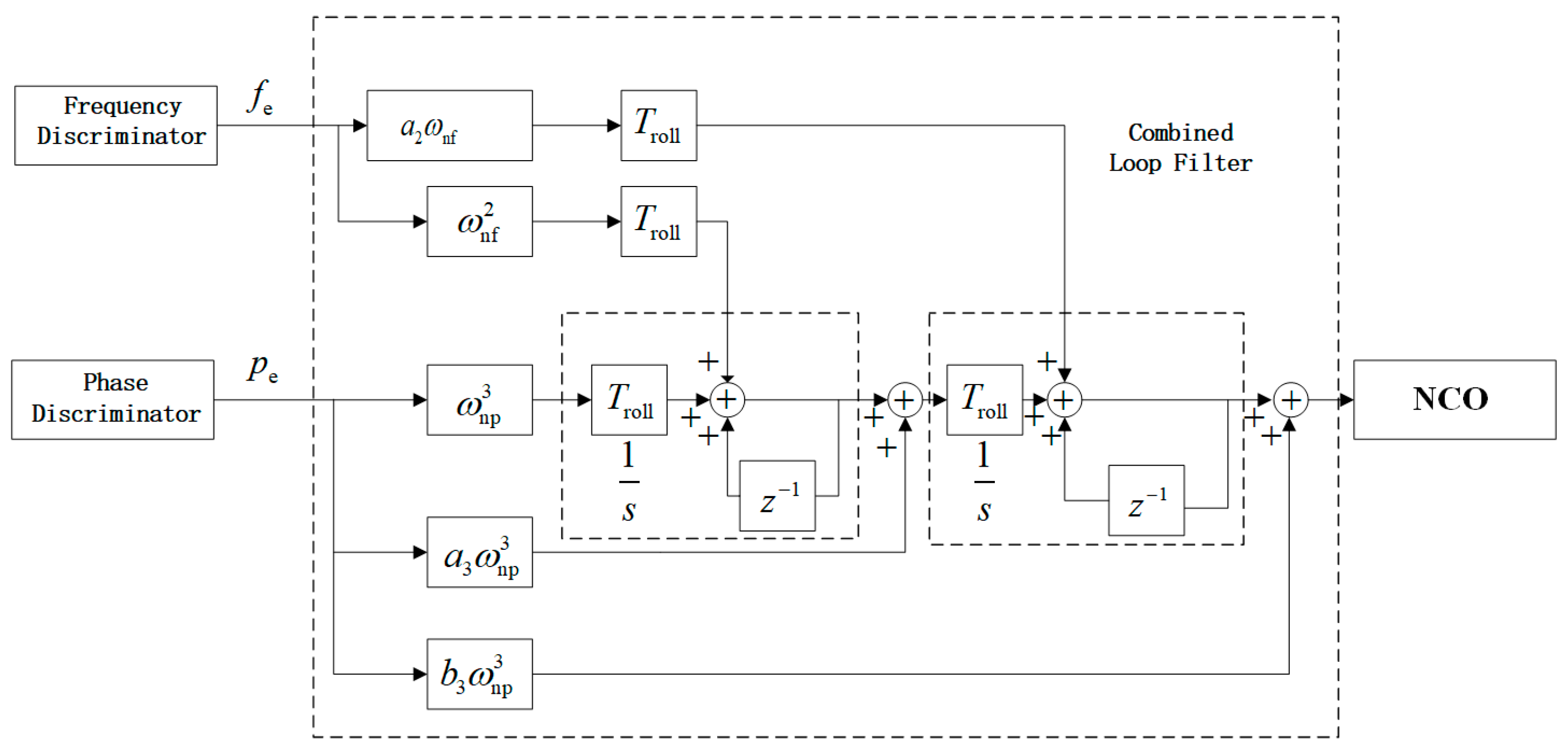

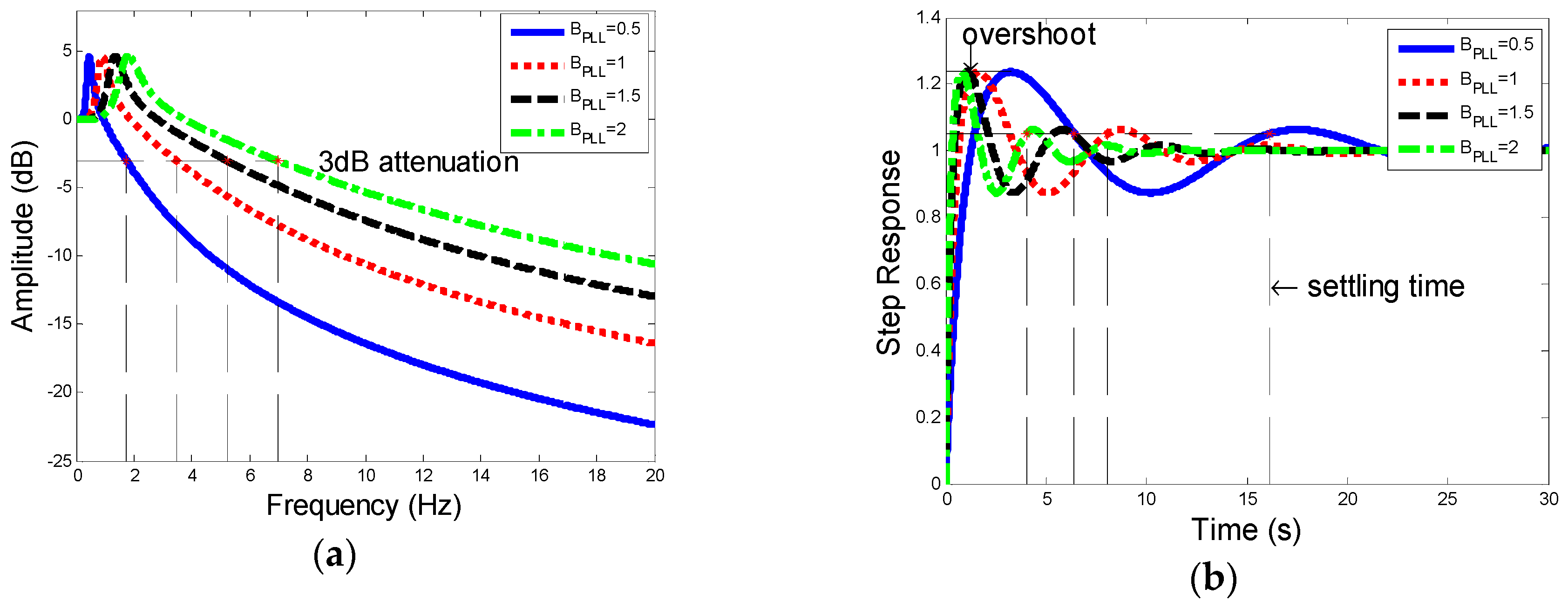
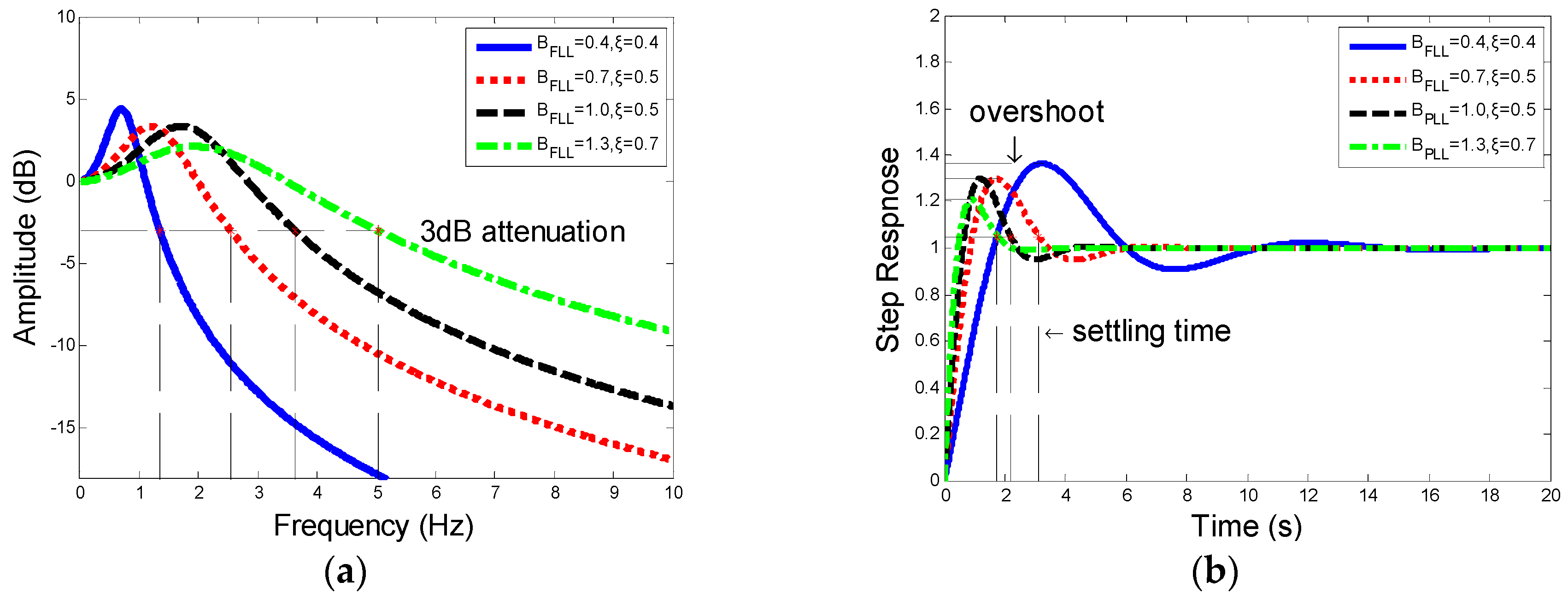
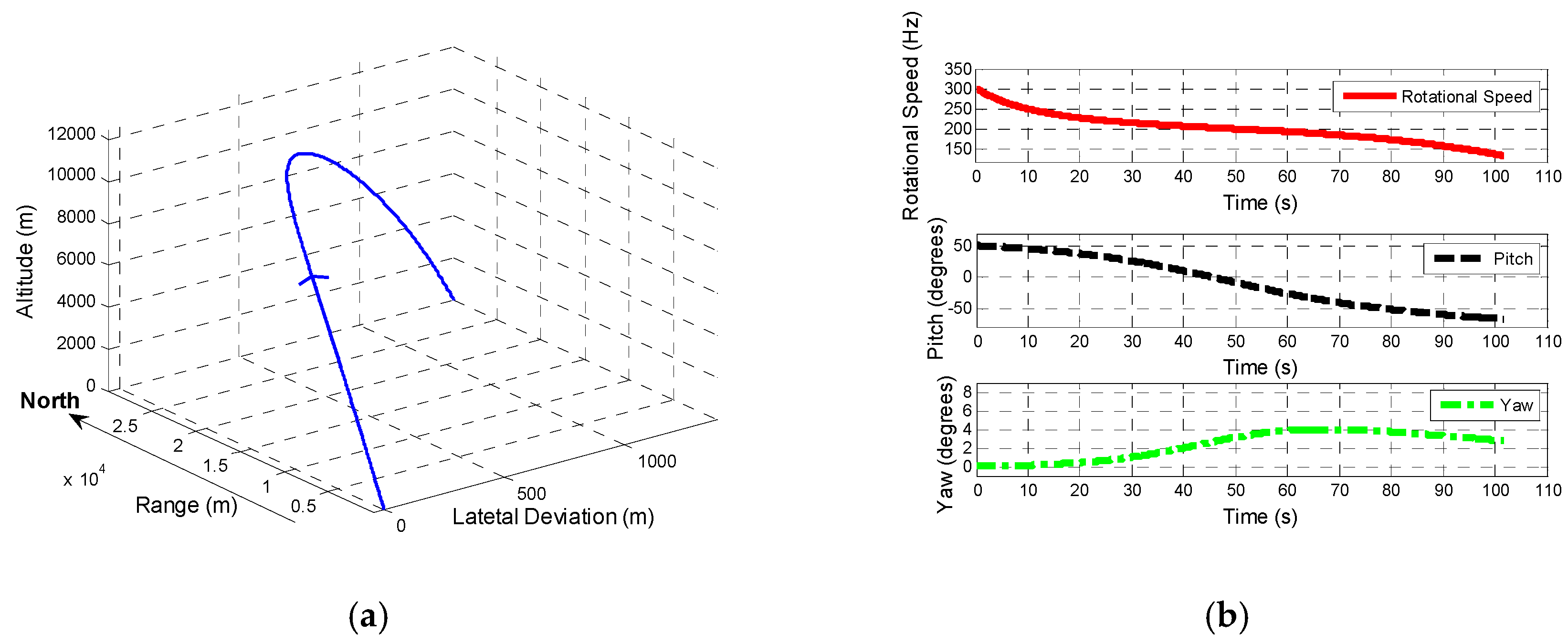
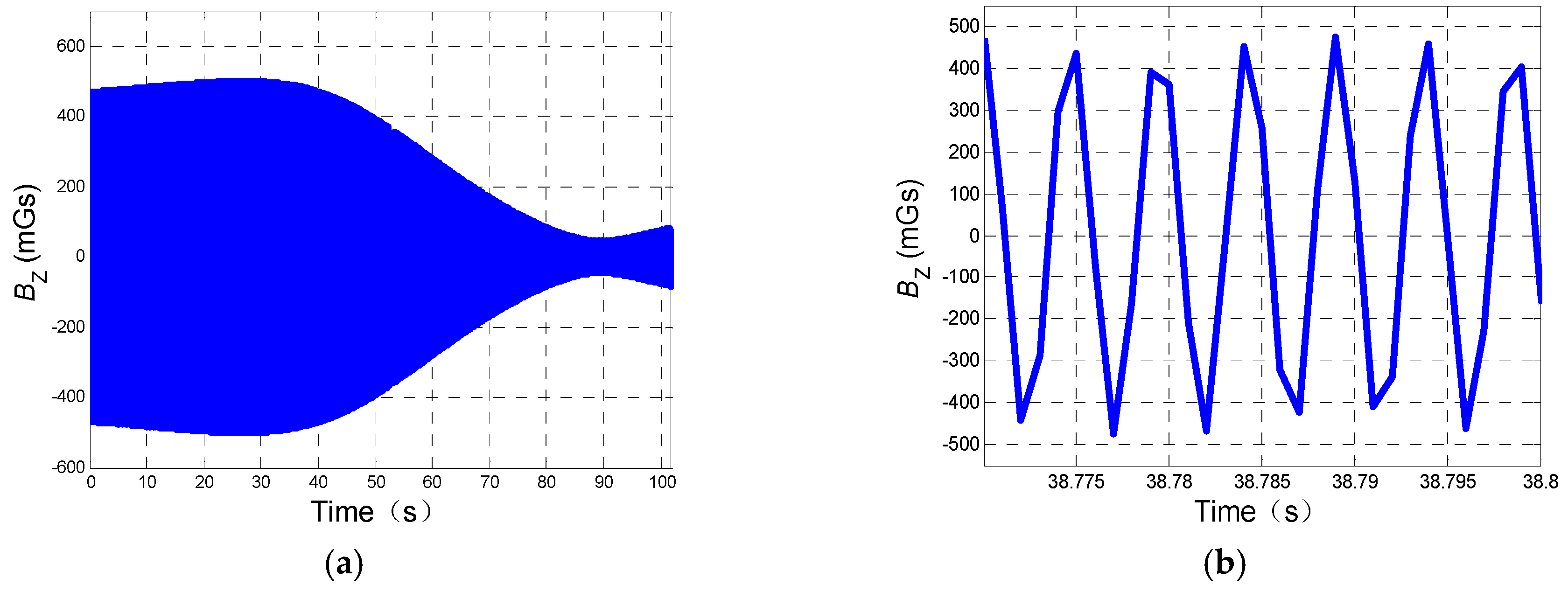


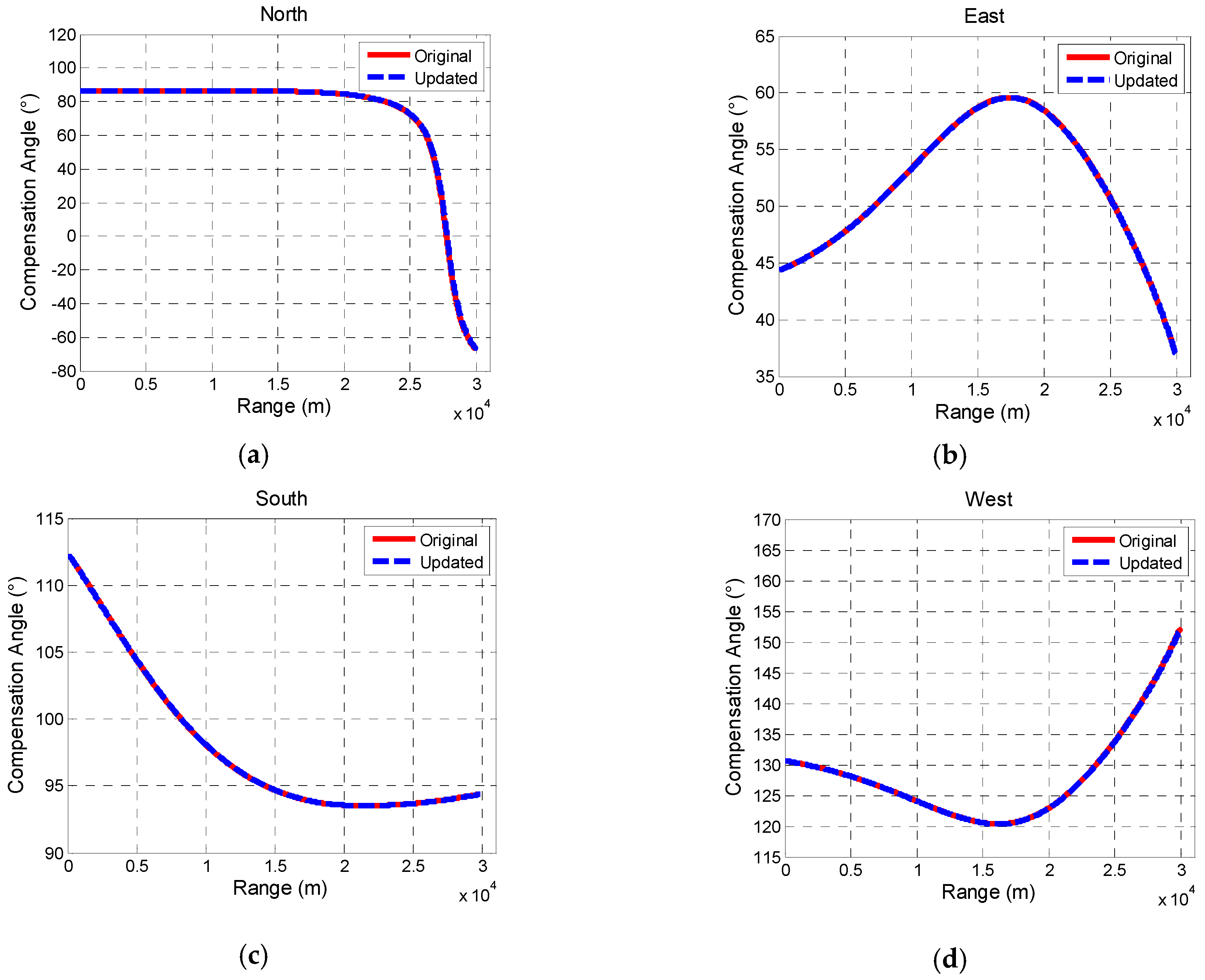
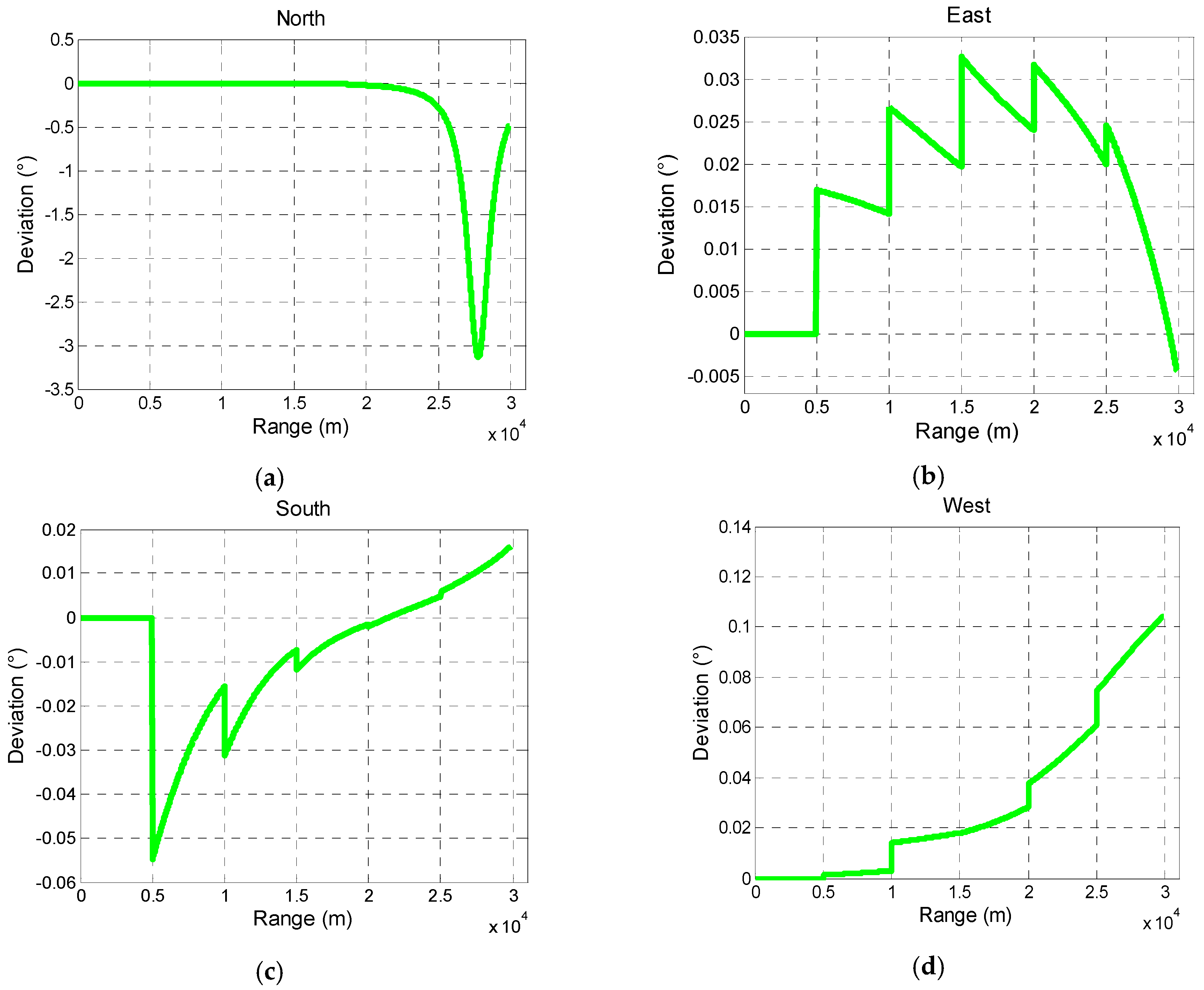
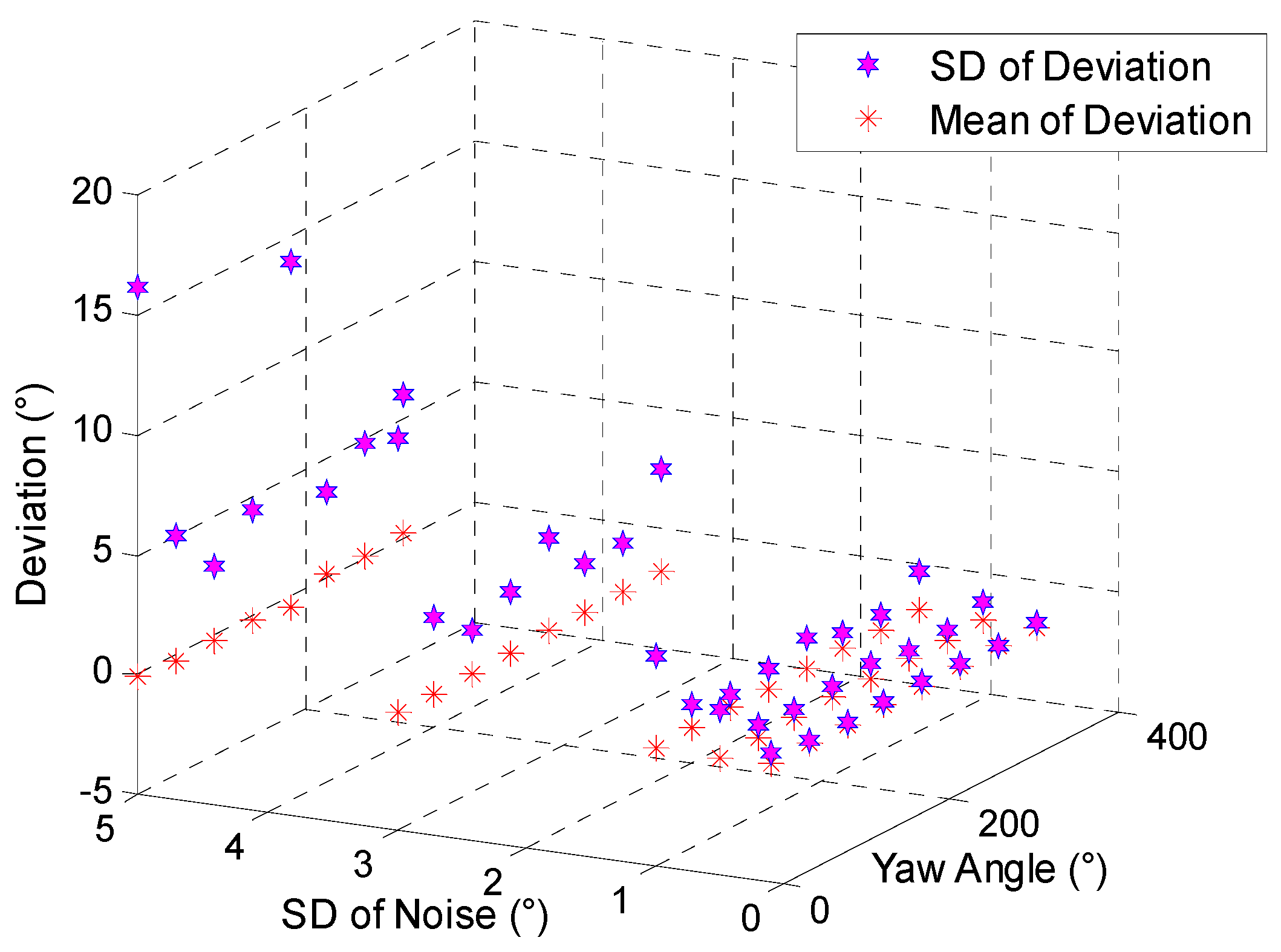
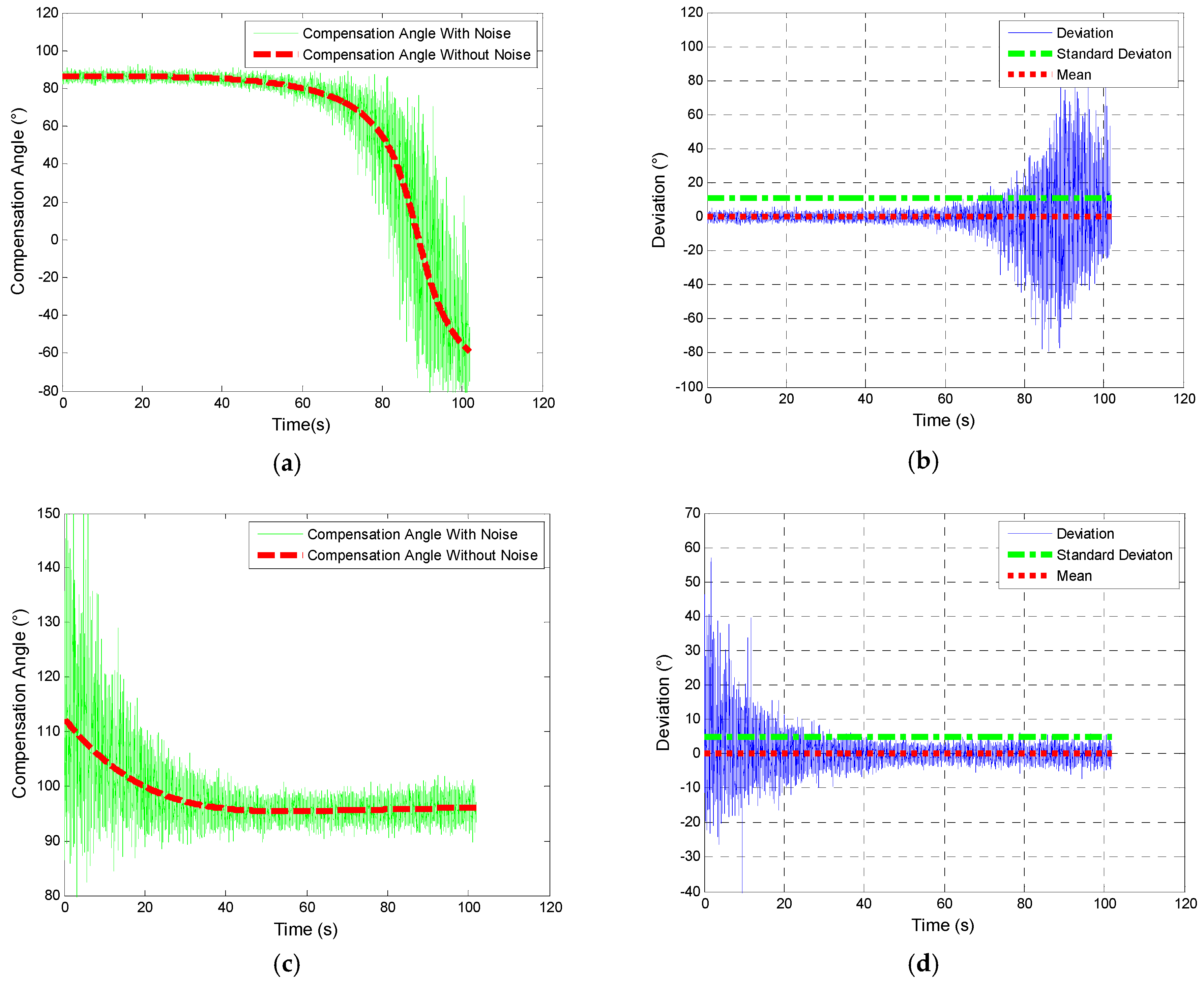
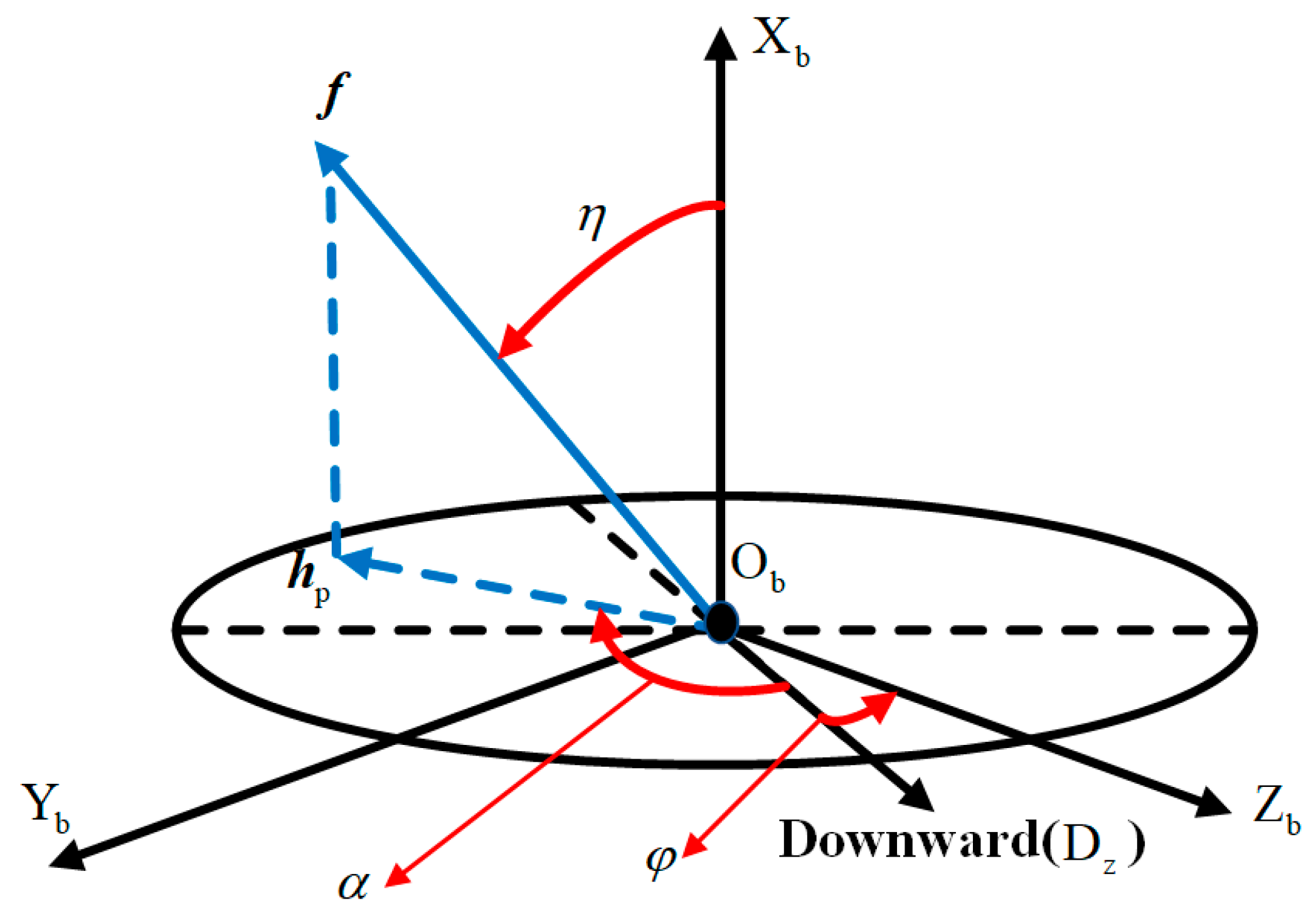
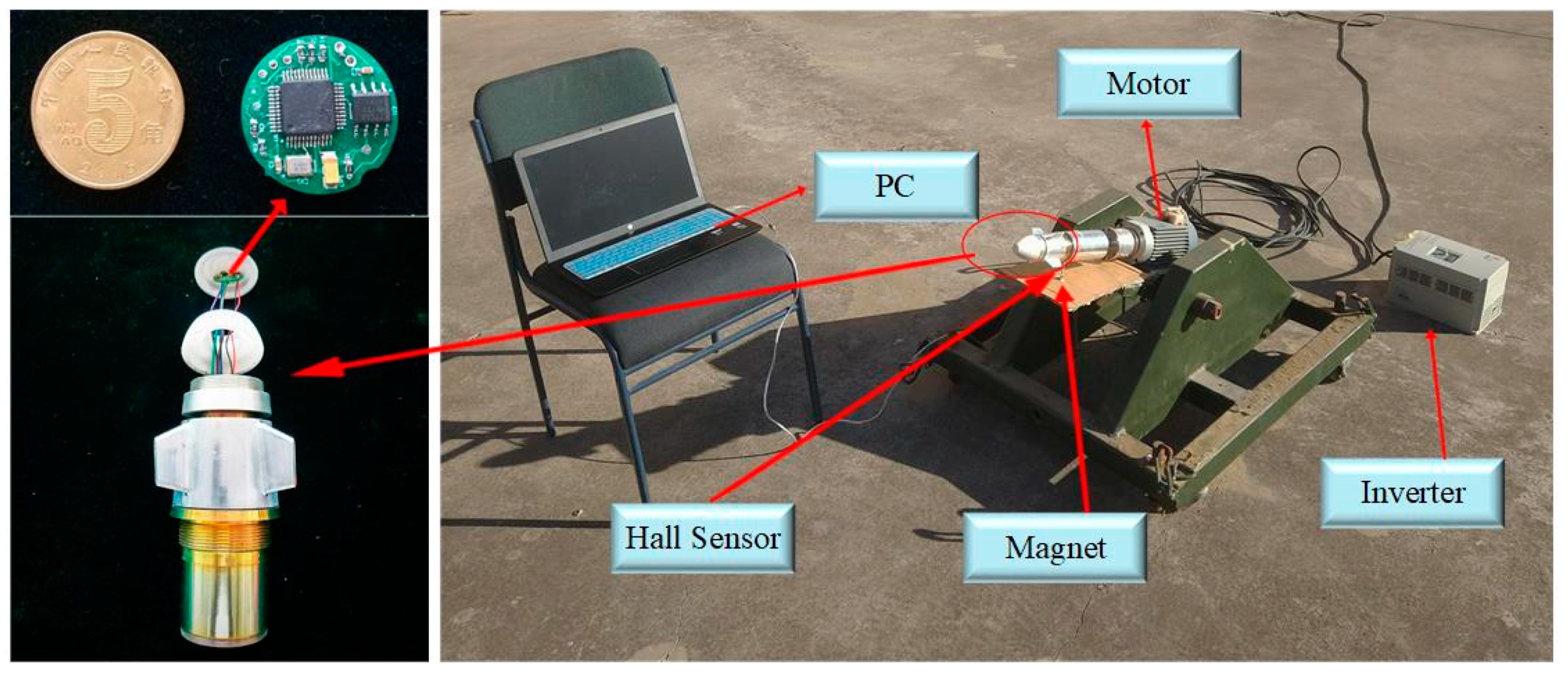
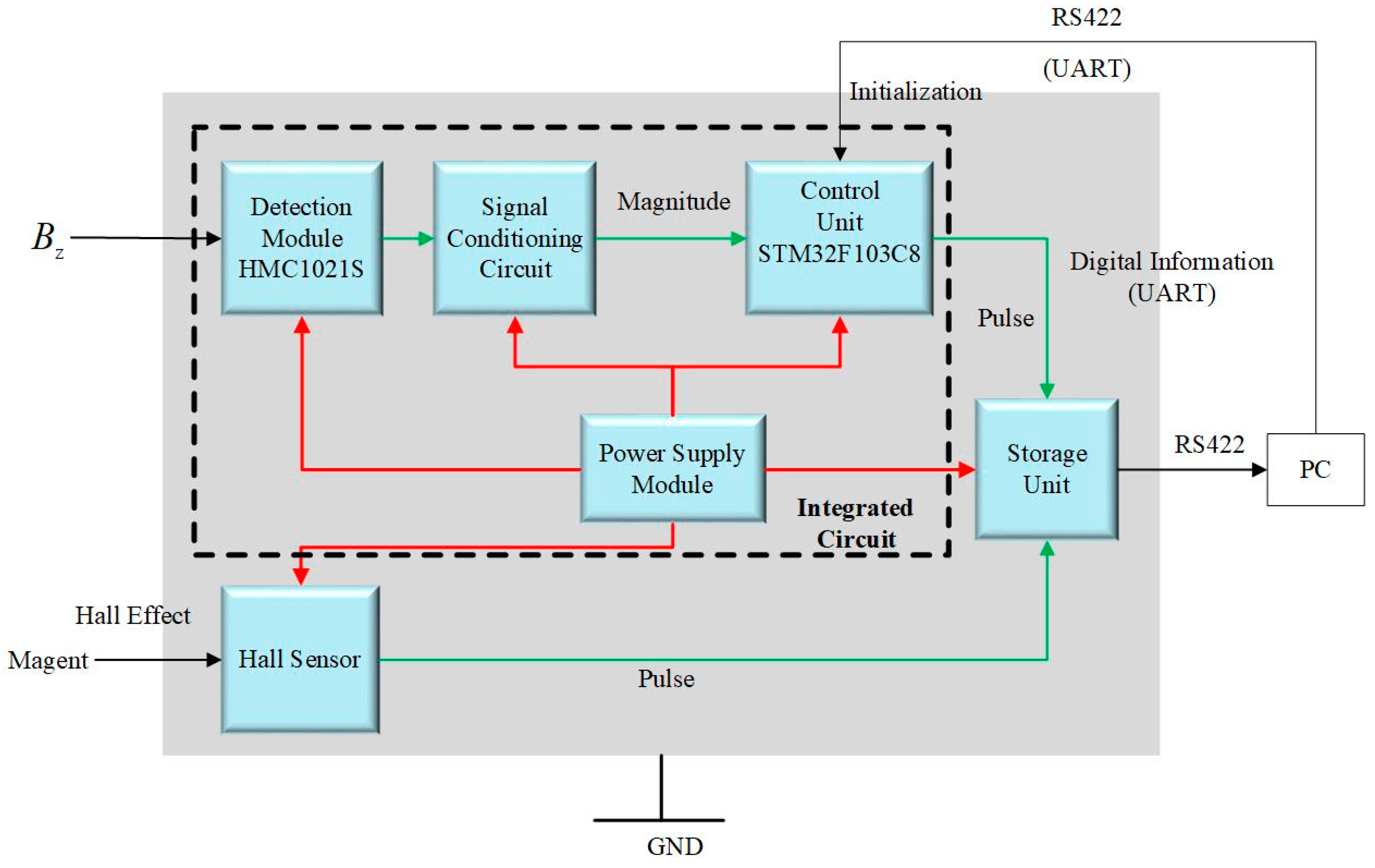
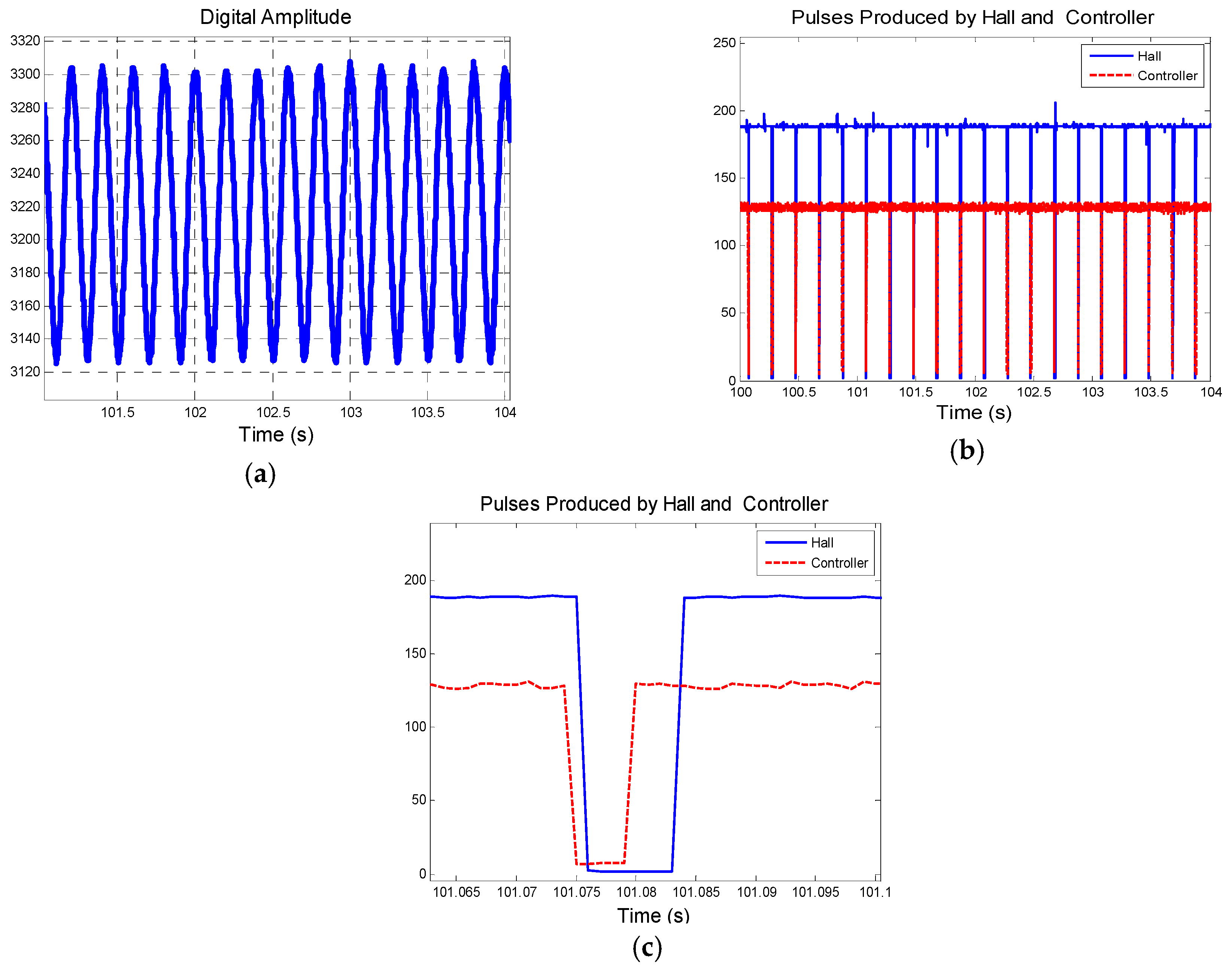
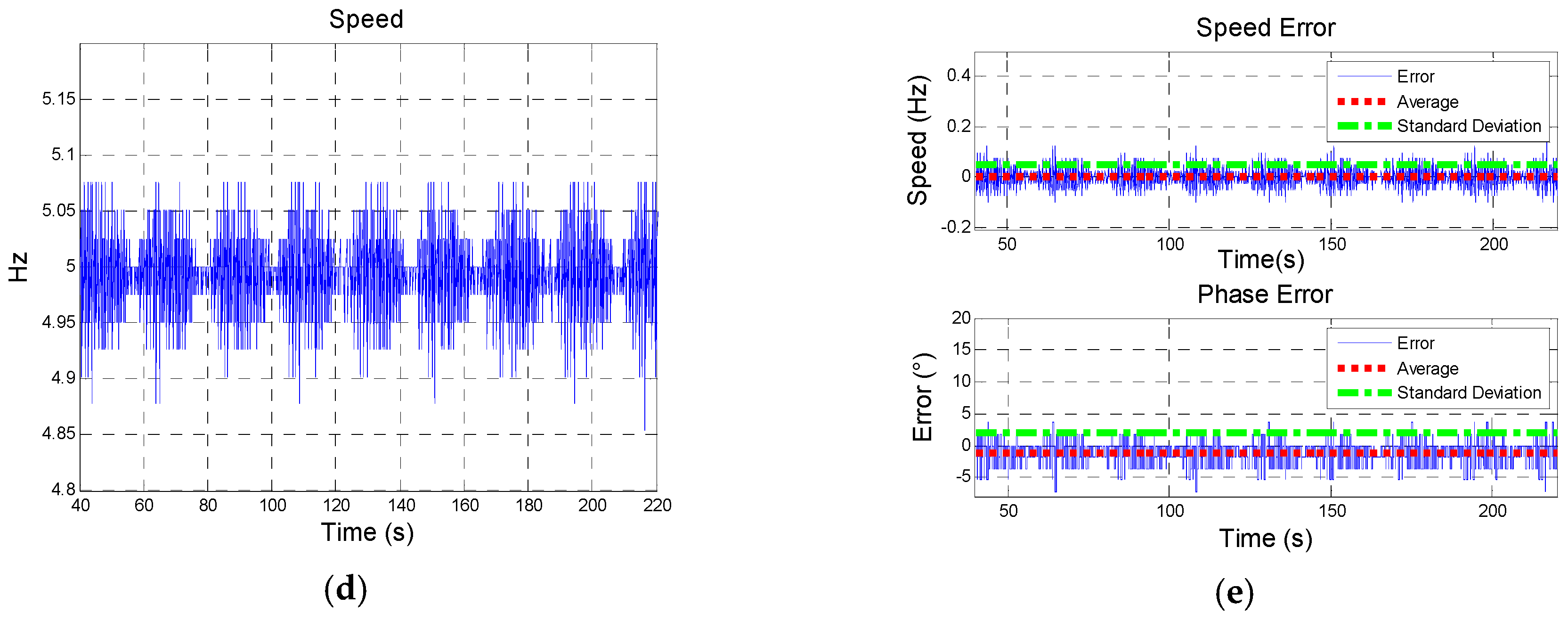
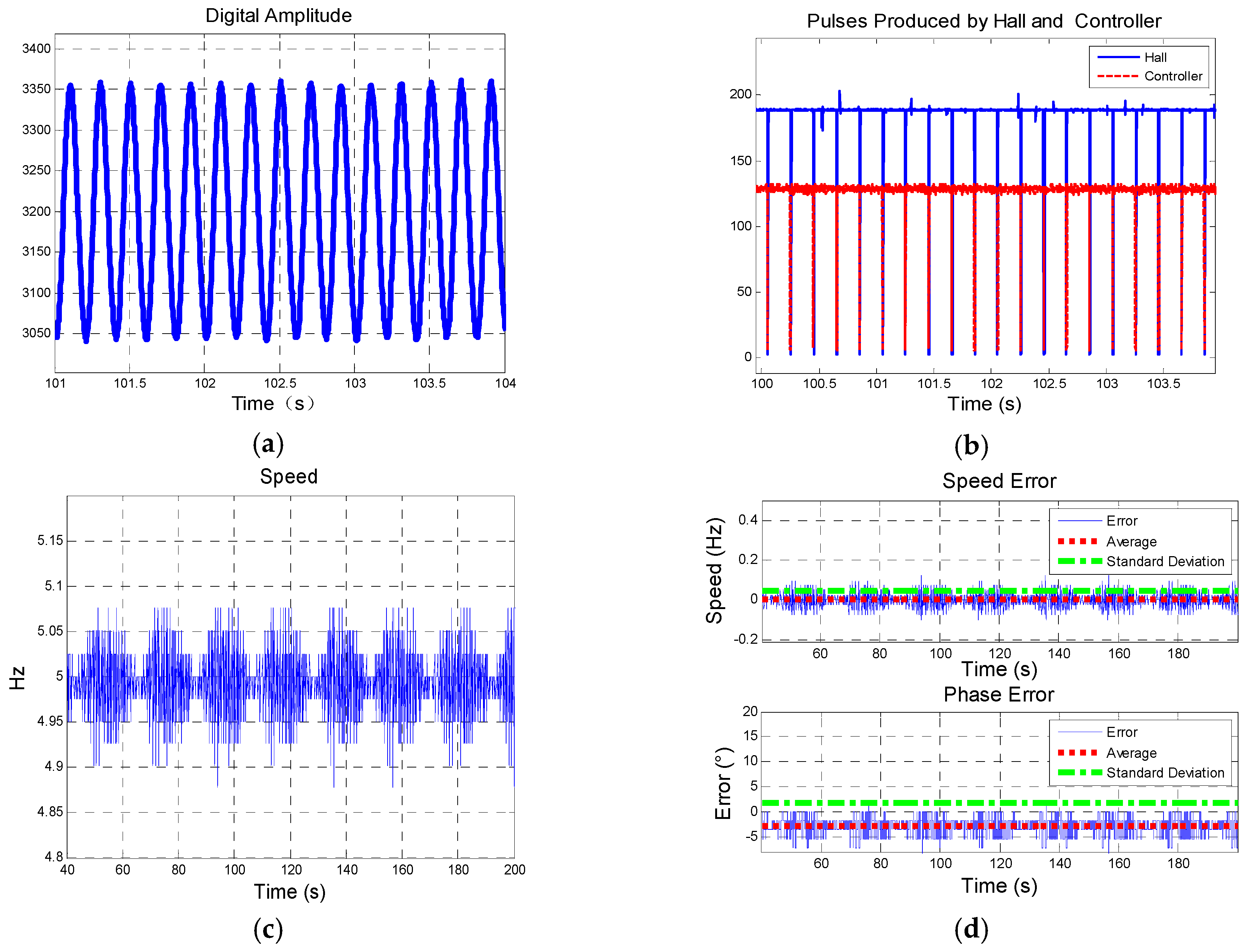
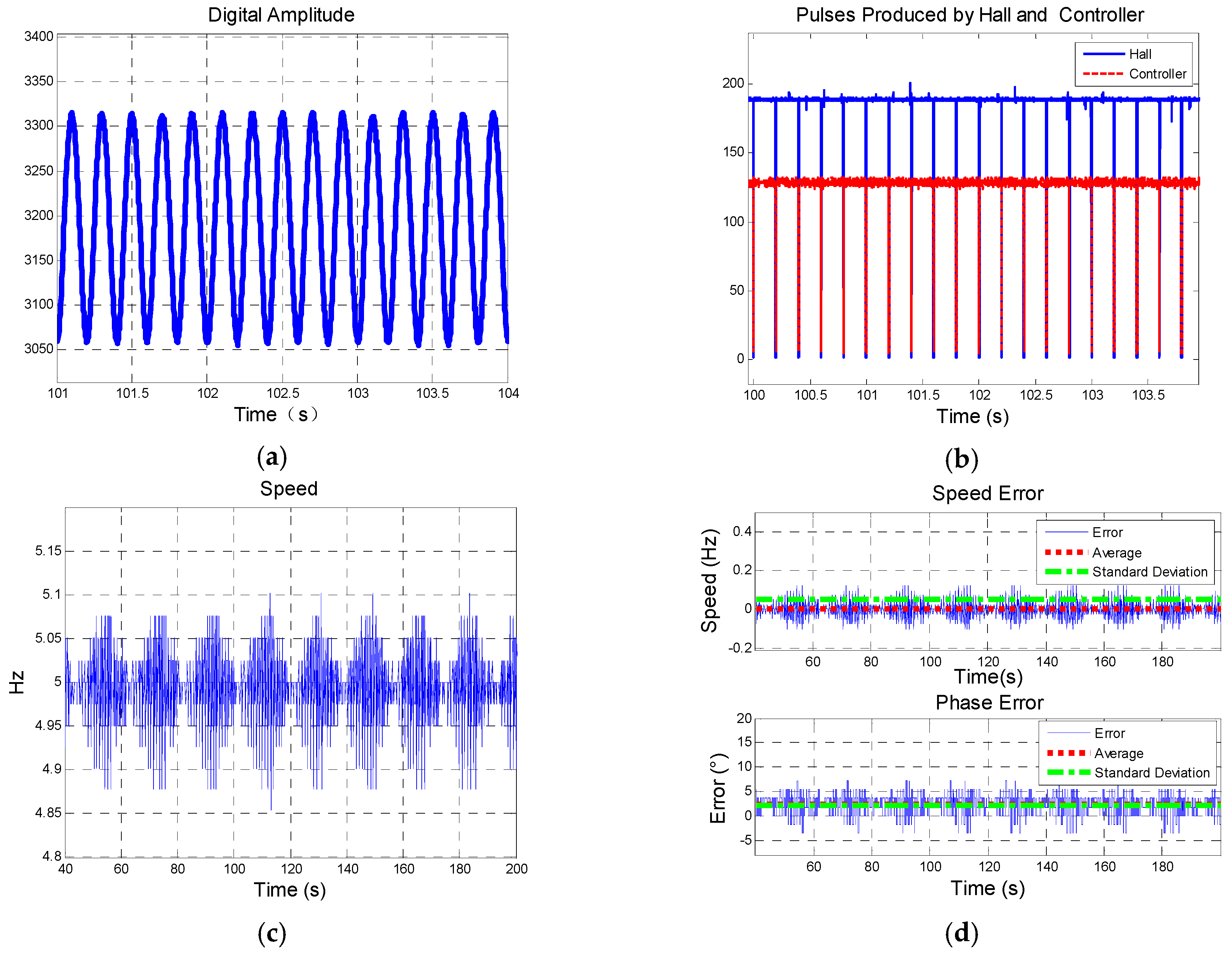
| Parameters | Performance | Performance | Performance |
|---|---|---|---|
BPLL  | Tracking accuracy  | Transient Performance  | Steady-state Performance  |
ξ  | Cut-off Characteristics  | Transient Performance  | Steady-state Performance  |
BFLL  | Cut-off Characteristics  | Transient Performance  | Steady-state Performance  |
| Properties of Projectile | Specifications | Properties of Geomagnetic Field | Specifications |
|---|---|---|---|
| Mass (kg) | 46.88 | Strength (mGs) | 500 |
| Width (m) | 0.866 | Declination (°) | −6.8285 |
| Axial Inertial (kg·m2) | 0.1658 | Inclination (°) | 59.263 |
| Initial Attitude (°) | 0 (Yaw); 51 (Pitch) | Sampling Frequency (Hz) | 1000 |
| Type of Projectile | Rotational Speed | Parameters of 3-Order PLL | Parameters of 2-Order FLL |
|---|---|---|---|
| 155 mm Howitzer | 300–134 Hz | 0.65 | 0.7 |
| 40 ms | |||
| 40 ms |
| Group | Yaw | Pitch | Declination | Inclination | Nominal Speed | Duration |
|---|---|---|---|---|---|---|
| 1 | 190° | 18° | −6.8285° | 56.2653° | 5 Hz | 40 s–220 s |
| 2 | 280° | 18° | −6.8285° | 56.2653° | 5 Hz | 40 s–200 s |
| 3 | 370° | 18° | −6.8285° | 56.2653° | 5 Hz | 40 s–200 s |
| Group | Nominal Speed | Average (Phase Error) | SD (Speed Error) | SD (Phase Error) |
|---|---|---|---|---|
| 1 | 5 r/s | 1.487° | 0.047° | 1.929° |
| 2 | 5 r/s | 1.827° | 0.045° | 2.906° |
| 3 | 5 r/s | 2.320° | 0.050° | 2.684° |
| Average | 1.878° | 0.047° | 2.506° | |
© 2019 by the authors. Licensee MDPI, Basel, Switzerland. This article is an open access article distributed under the terms and conditions of the Creative Commons Attribution (CC BY) license (http://creativecommons.org/licenses/by/4.0/).
Share and Cite
Deng, Z.; Shen, Q.; Deng, Z.; Cheng, J. Real-Time Estimation for Roll Angle of Spinning Projectile Based on Phase-Locked Loop on Signals from Single-Axis Magnetometer. Sensors 2019, 19, 839. https://doi.org/10.3390/s19040839
Deng Z, Shen Q, Deng Z, Cheng J. Real-Time Estimation for Roll Angle of Spinning Projectile Based on Phase-Locked Loop on Signals from Single-Axis Magnetometer. Sensors. 2019; 19(4):839. https://doi.org/10.3390/s19040839
Chicago/Turabian StyleDeng, Zhaowei, Qiang Shen, Zilong Deng, and Jisi Cheng. 2019. "Real-Time Estimation for Roll Angle of Spinning Projectile Based on Phase-Locked Loop on Signals from Single-Axis Magnetometer" Sensors 19, no. 4: 839. https://doi.org/10.3390/s19040839




